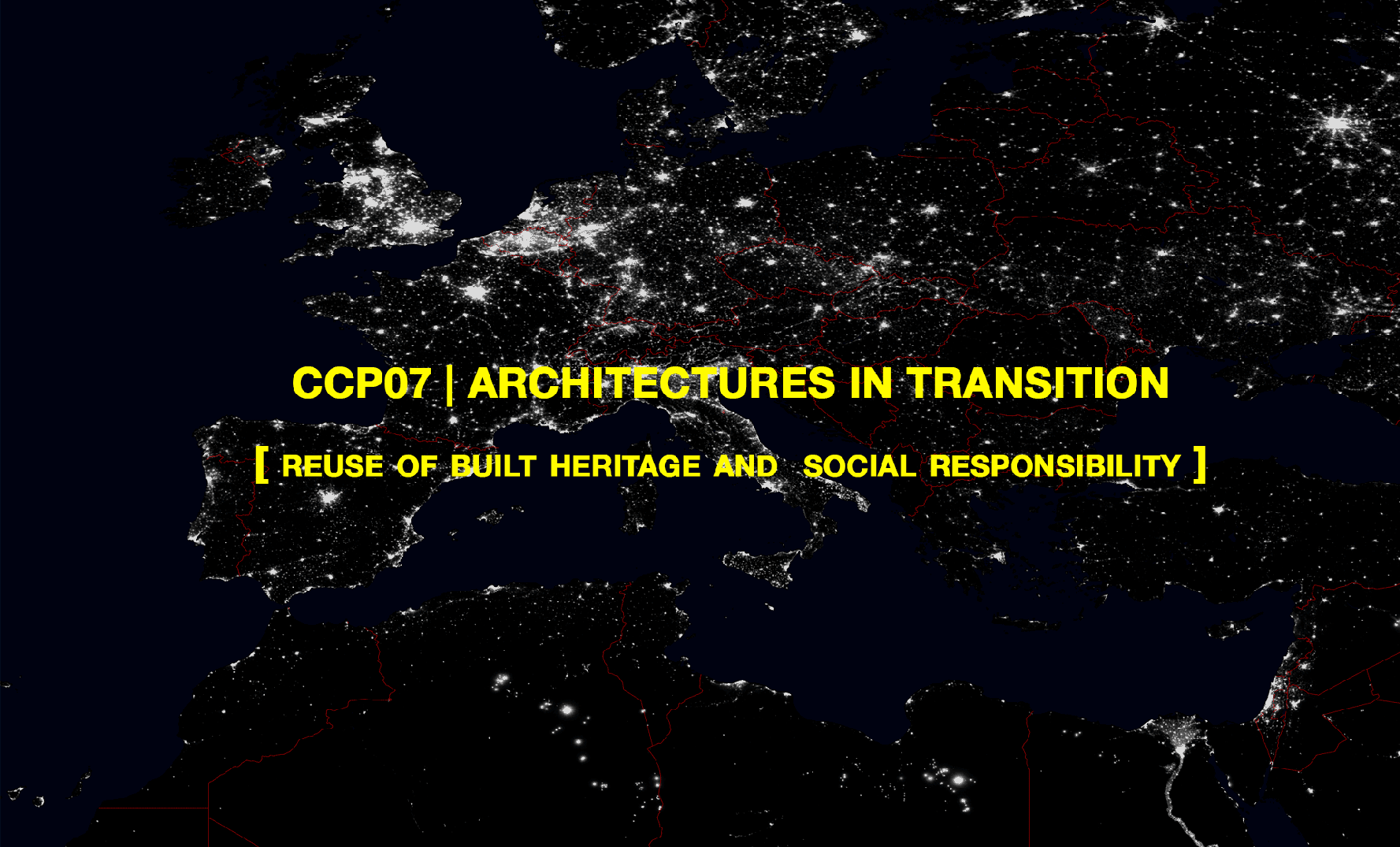Architects: CENTRAL x NP2F
Typology: A former factory transformed into a Center for Art, Science, Technology, Innovation and Inclusion
Location: Brussels, Belgium
Construction Date: 2016-2020
Photos by: Maxime Delvaux
IMAL is a unique place in the Brussels landscape. More than an art center, it takes its relevance both by the culture it proposes and by its urban situation. A culture of co-production, anchored in its time. An accessible place, at the crossroads of two neighborhoods, capable of federating a plural public through the transversality of its activities.
A former factory situated along the canal of Brussels has the ambition to become a Center for Art, Science, Technology, Innovation and Inclusion. Situated in Molenbeek, this center proposes a double orientation: an international art center oriented towards the future of arts and an inclusive space anchored in its neighborhood offering socially oriented educative programs. One of the challenges was to bring together exhibition, productive and educative spaces on 3 floors totally separated at the origin. More than a place of demonstration, the productive and inclusive function of the center gives an active role to this place where different publics can meet and actively participate.
The center is designed as a public machine which directly addresses its activity on the public space, the district and the city. It is imagined in constant boiling: each part of theprogram is specifically defined while taking into account therelationships they create with each other. More concretely, this ambition is only possible through a strategic attitude towards the economy of the project. The architectural quality of the existing place in itself requires only a light intervention to reveal its real quality. In this sense, it seemed essential to focus the intentions on particular entities of the project in order to guarantee technical and architectural performances.
Different architectural elements are carefully designed and crafted creating a clear distinction between the existing and the new. First, the entire facade on the ground floor is generously opened to the street and to the canal allowing the public space to spread into the building. Part of the existing concrete slabs are cut in order to insert a light autonomous metal structure both opaque and transparent and a stained concrete staircase is inserted between the different levels. Finally, a series of glazing slides into the upper levels in order to reduce noise pollution while ensuring a full transparency of activities. The new configuration of iMAL embodies a form of exemplarity: today, more thanever, the questions of renovation and rehabilitation are at the heart of the reflection facing tochanging paradigms, where “doing with the existing” is the key word and where ingenuity serves a form of authenticity.

